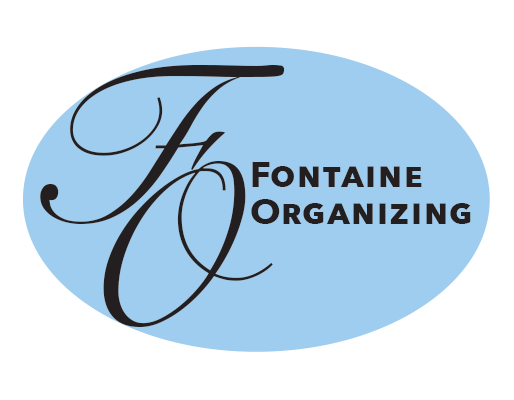The Illusion of Cleanliness: What Visitors Really See
When people visit my house, their first comment is often, “Wow, your house is so clean!” I’m surprised by this assertion. I do most of the cleaning, so I know that it’s definitely not true. Sure, things are organized and tidy, but I live with German Shepherds—the dogs best known for having only one shedding season: a full year! They come with dust, fur, and slobber, which makes a mess that can never quite be eradicated. So why do people insist my home is so clean? To figure this out, first we need to know what “clean,” “tidy,” and “organized” really mean, and then we can explore where things are getting confused.
“Clean” means the absence of dirt. A clean house smells fresh, with surfaces free of dust.
“Tidy” is about order: no clutter, no random piles of stuff.
“Organized” is a state where everything has a designated place, and it’s returned there consistently.
My home might not always meet the above definition of clean (thanks, Otto and Finn), but it is generally tidy and organized. I keep surfaces clear, have minimal “stuff”, and rooms are used for what they should be. Maybe that’s the trick.
Could people be mistaking my lack of unnecessary possessions for cleanliness? Maybe. Homes are often filled with decor, gadgets, and knick-knacks, so my practical amount of “stuff” sticks out to people. Empty space calls up feelings of control and calm, which many people associate with cleanliness, though they may not realize that’s what’s happening. External chaos leads to internal chaos, and too much clutter suggests neglect, even if the house is technically clean. My lack of “stuff” might give the impression of extra attention to cleanliness, making my guests overlook the dog hair tumbleweeds in the corners (and even with daily vacuuming, I’ll never get them all). It’s less about perfection in cleaning and more about the perception of clean.
So, what are my guests actually seeing? It’s the openness: the clear countertops, the spacious shelves, the floors that hold furniture and nothing else. They notice that the living room is a living room, not a storage unit or makeshift office. The kitchen is for cooking, not a dumping ground for mail and half-dead plants. This functional use of space creates a look that reads as “clean,” even if a close inspection might reveal some shepherd dust or drool.
For readers wanting to replicate this trick on others' perceptions, it’s not hard, and there’s no deep cleaning required.
Let go of what you don’t need; keep only what you use or love.
Learn to tolerate empty space: leave a countertop bare, a shelf half-empty. Just because you have the space, doesn’t mean you have to fill it.
Work on making sure everything has a home. Keys go in a bowl, shoes on a rack, dog toys in a bin, and leashes on hooks.
Use rooms for their intended purpose. Stop letting the dining table become a dumping ground or the kitchen counter a pantry. These changes won’t eliminate dirt, but they create order, and your guests will mistake this order for cleanliness.
*BONUS- When it does come time to do some actual cleaning, it will be dramatically easier!
““Clean” is a moving target, particularly in houses with dogs and kids.”
After accepting the strange comments about the cleanliness of my house, I’ve realized it’s not about a clean space, it’s about the illusion of control that clear, purposeful living spaces create. Guests don’t see the dog hair or the occasional items that are out of place. They see space, structure, and simplicity.




